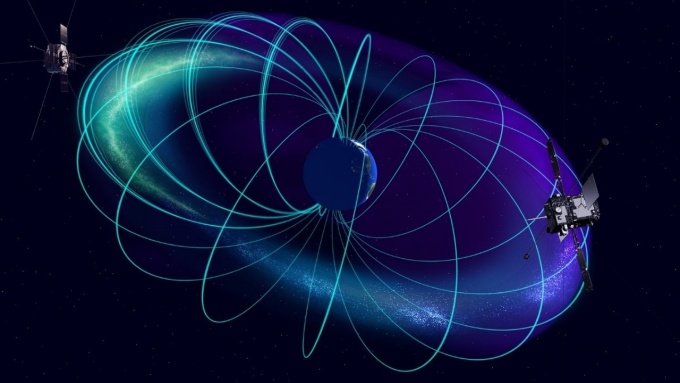
Electrons detected at Van Allen Probes position (left) drift to the Arase position (right)
Credit: ERG Science Team
JAXA and NASA satellite observations show where killer electrons are generated in the Van Allen radiation belts surrounding Earth. The finding, published in the journal Geophysical Research Letters, could help scientists more accurately forecast when these killer (relativistic) electrons will form.
Professor Yoshizumi Miyoshi of the Institute for Space-Earth Environmental Research at Nagoya University and colleagues compared data from two satellites situated on opposite sides of the Earth: the Arase satellite, developed by the Japanese Aerospace Exploration Agency (JAXA)...
Read More








Recent Comments